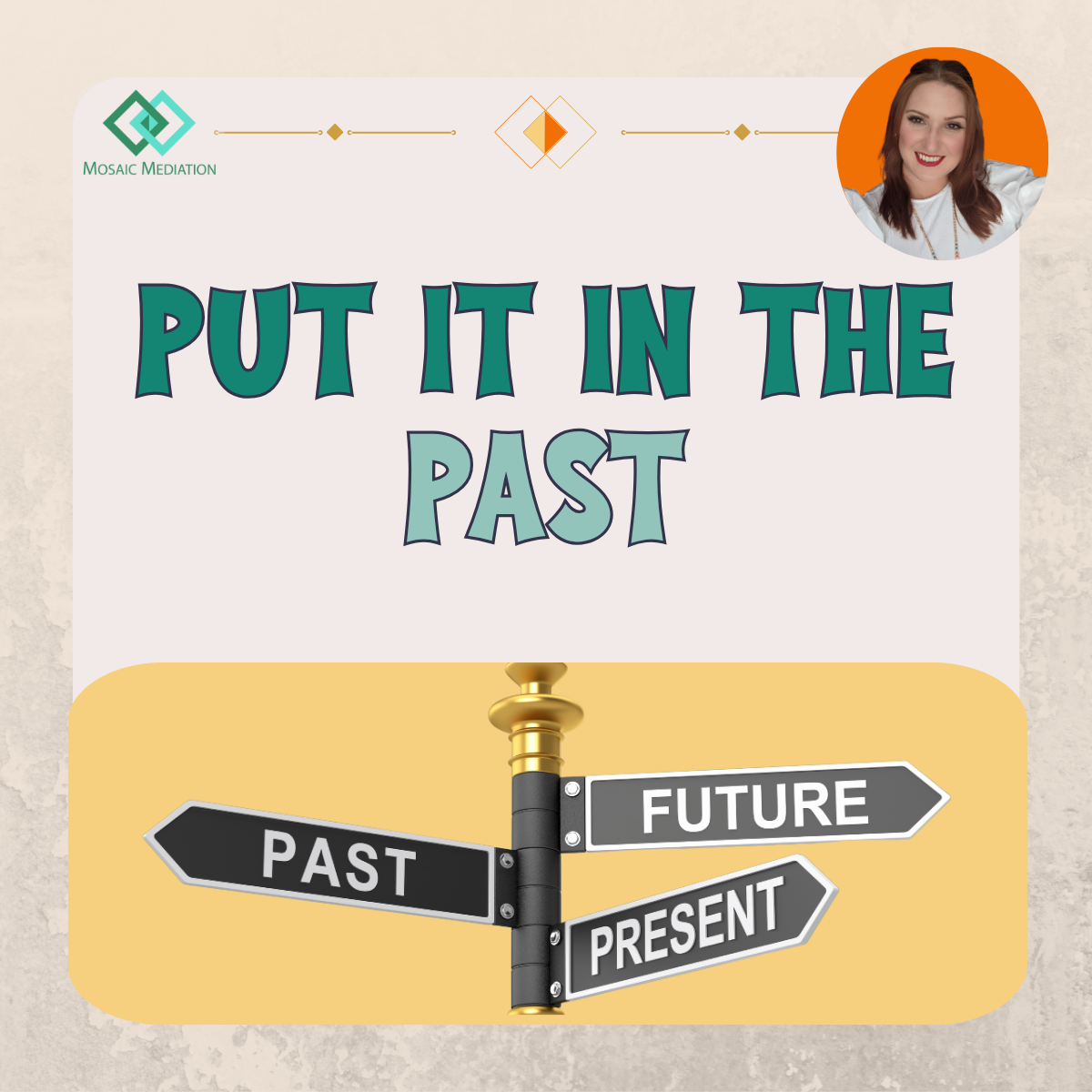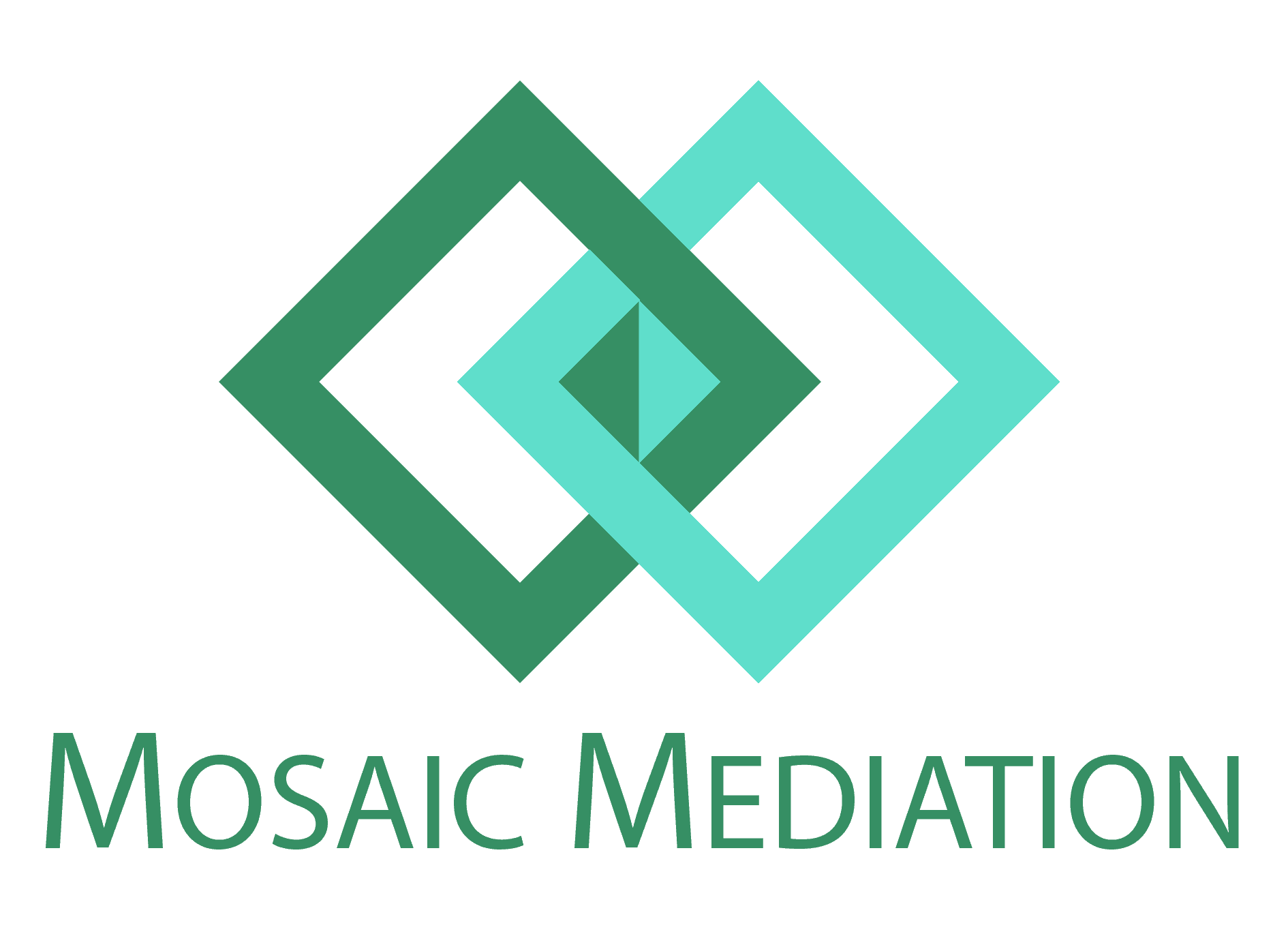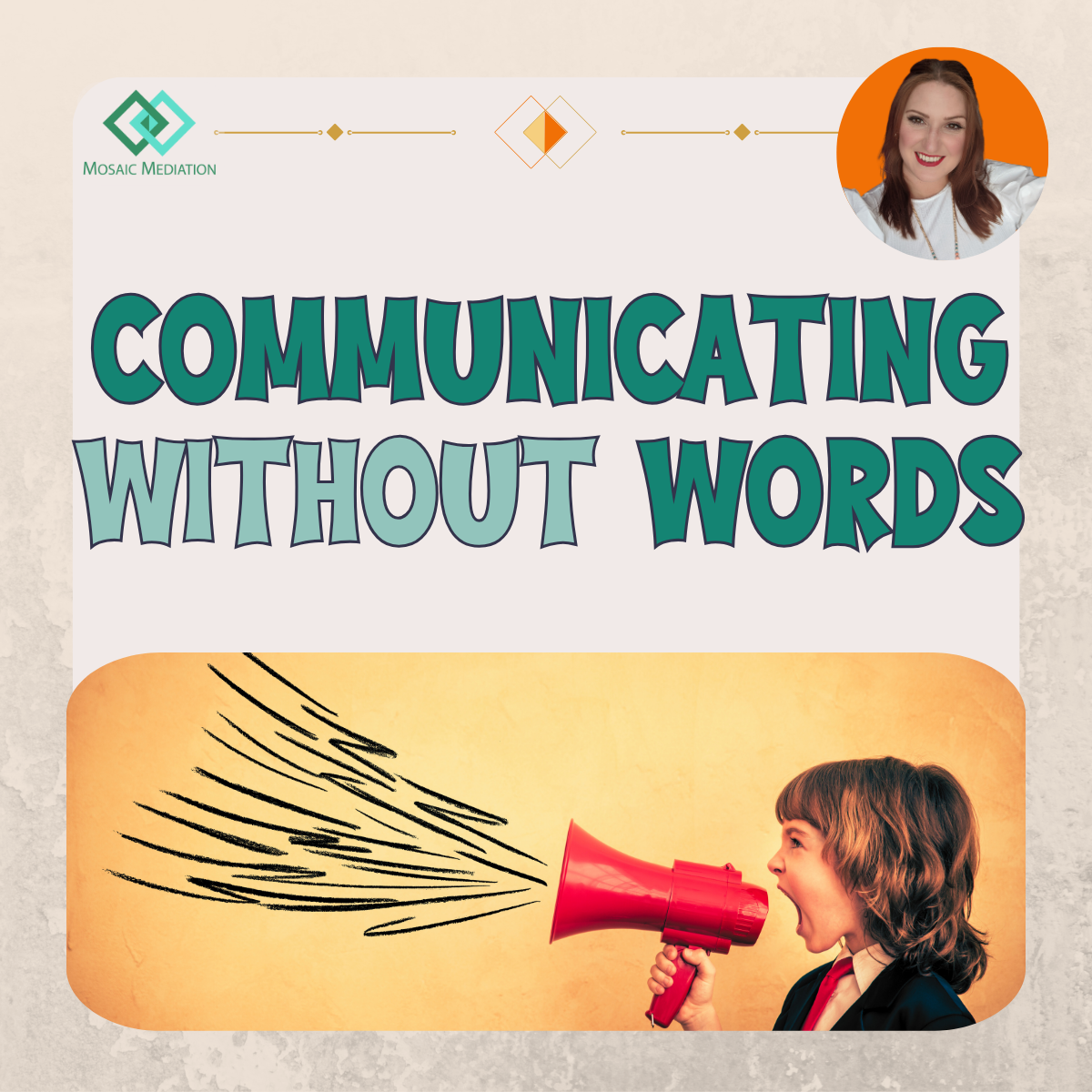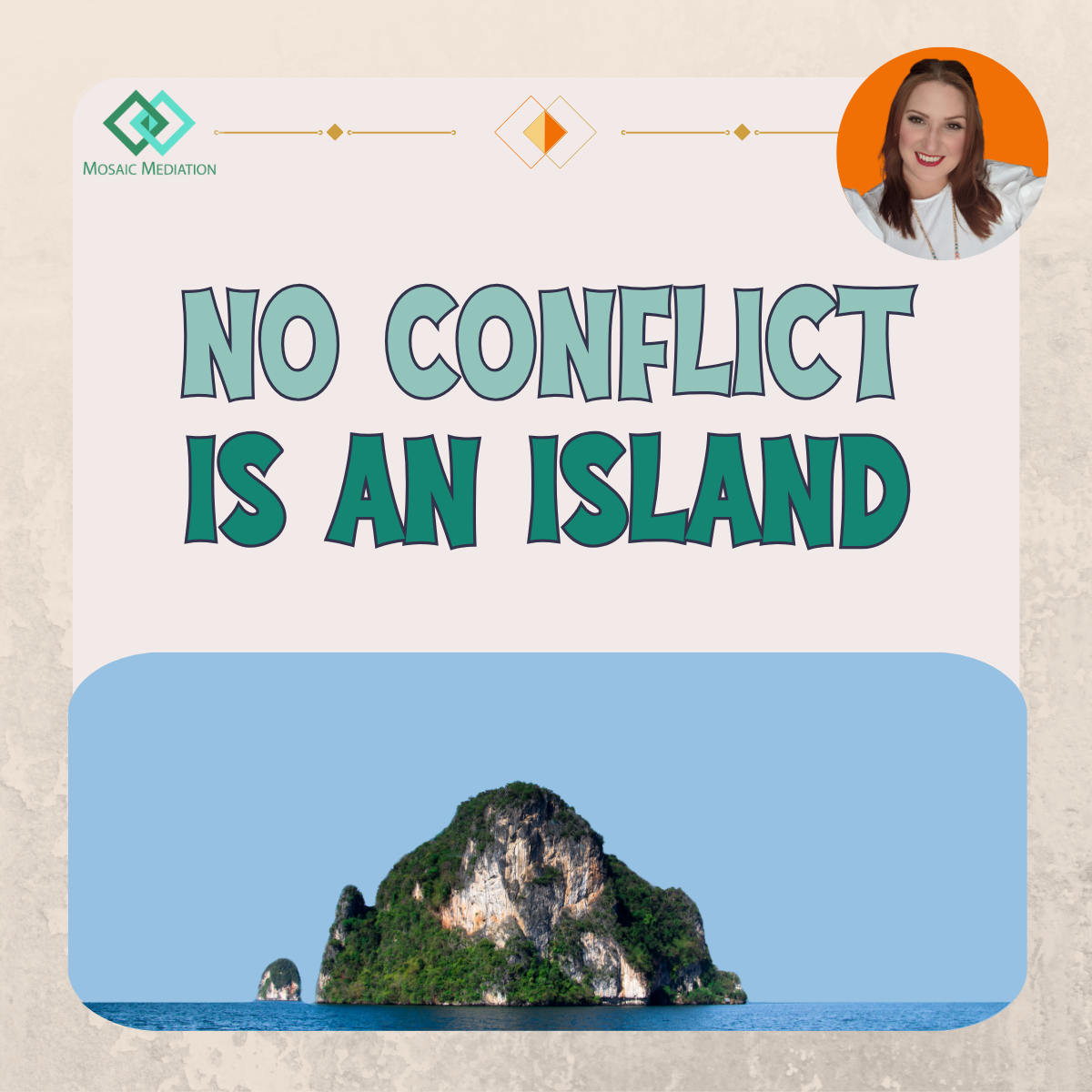Making a Comeback
When someone is away from the workplace for a long period – whether that be for sickness, mental health issues or even maternity leave – they may feel completely out of touch with everything. They will be aware of conversations they have missed, changes that have been made, or maybe even new members of staff that have started and settled in. It is understandable therefore that many people feel extremely anxious about coming back to the workplace , especially if they are also concerned that their capability is not the same as it was before leaving.
If the reason for a long-term absence is related to a mental health illness, disability or a physical ‘invisible illness’, there are additional concerns. It is common in this situation for the individual to worry that people – at home or work – will doubt their illness. Almost 50% of long-term absences are said to be caused by stress, depression or other mental health illnesses . Nevertheless, a lot of people who return to work feel like there is still a stigma associated if it is for these reasons. Anyone who has been absent from work will worry about what reaction they might get from other colleagues or management on their return, and a such a mild concern only intensifies if they feel like they can’t ‘prove’ their condition and/or may be disbelieved.
Mediators are often called in to help management and the employee figure out a transition after a long-term absence from work. Often if a mediator has been called, the following situation has taken place:
A staff member leaves and gets signed off work by their doctor. Then management (A) are not sure how to stay in contact with that member of staff (B) so that they can stay informed about what is going on, when they are likely to return and what needs to be in place to support them upon their return; but at the same time, they don’t want to cause B additional stress or make them feel like they are being unreasonably monitored or harassed. B wants to feel well enough to return to work but doesn’t feel ready yet and feels that every contact with A is additional pressure to return. B has started to feel like A doesn’t believe that B is as unwell as they have said, so starts to become defensive. When the time comes to talk about returning to work, B feels anxious about the idea of returning and/or doesn’t feel well enough to go back to the same work level as before. A feels the pressure from other management to get a plan together for what is going to happen with B and their role. A is also starting to wonder about the extent of B's health concerns as B has become less open about their state of health.
This situation is very common and often inevitable if expectations at the start of the absence from work have not been set about how communication is going to work between the parties, and if both are not clear with the other about what they need.
Bearing in mind how common it is for staff members to struggle with coming back to work, it is vitally important that the period of absence and the back-to-work transition be managed as sensitively and emotionally intelligently as possible. Each person may need a different level or method of support which enables them to feel empowered and encouraged . Some people may need to have lots of support while they are away and during their transition back to work, while others want as little fuss as possible. Of course, all organisations should ideally have HR procedures in place to manage long-term sickness but it is important to treat everyone on a case by case basis.
Equally as important is that the employee communicate effectively with their doctor and their line manager about their condition and how they can be supported. As it has been said many times before, ' the root of all conflict is unmet expectations' . Applying it to this situation, if both sides haven't expressed what they need, nor informed the other enough about their situation, such ambiguity can lead to misunderstandings and a breakdown of trust. Managers may simply be trying to do their job, by figuring out how to plan for different scenarios and making sure they have the right staff doing the right job. It can feel like a minefield to manage long-term sickness without causing offense or upset. Setting realistic expectations and working with each other will help to limit incorrect assumptions and diffuse any defensiveness .
Staying on the subject trust, it is imperative that everyone is clear about what information can and cannot be shared with others about an employee taking time away from work. A sure way to break down trust between management and employee is for a manager to share something that their employee shared with them in confidence, or simply did not give express permission for them to share.
Sometimes the source of mental health issues – particularly stress – is related to work or treatment by colleagues. If the underlying reasons aren’t addressed, then the issues are not going to go away. It is important for the staff member to be as honest as possible about what’s going on and for their line manager to be aware of any potential problems with workload or other colleagues . ‘Knowledge is power’, and in these circumstances that power can be used to nip problems in the bud, or to at least deal with them and not just their secondary effect.
So, if you want to avoid unnecessary conflict and misunderstandings, put the effort into starting the process well. Be honest with your expectations and what you need from each other. If you are in management, make sure you do your research before starting the process so that you know what HR processes and procedures need to be followed, and also what support your staff member will need from you. If you are the staff member, it is helpful to be as honest as possible with your line manager and HR so that they can support you with all the information they need to make such decisions. Often, if a member of staff is able to work through their anxiety about returning and are supported well by their management, a return to work transition is often more successful than anticipated.
However, if things have already gone beyond being able to have a reasonable conversation, please get in contact to talk about how mediation might be able to facilitate finding a way forward. One benefit to the role of the mediator being completely neutral, is that parties can talk in confidence to the mediator and, in doing so, the mediator can get to the root of the issue and help parties see their mutual interests. You can contact me by emailing emma.jenkings@mosaicmediation.co.uk or through my Contact page.











